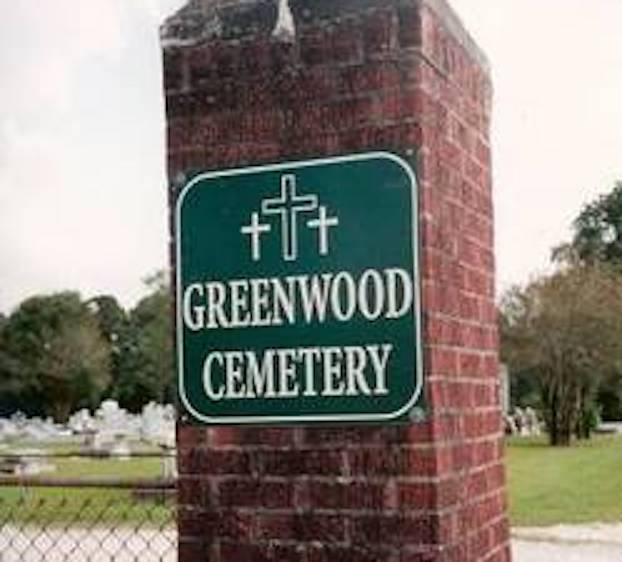Students return to school today; Bruchhaus has plan to make up hours
Published 4:45 pm Friday, January 19, 2018
Frigid temperatures turn the fountain at St. Michael and All Angels Episcopal Church on Sale Road into an ice.
Trending
Students in Calcasieu Parish journeyed back to school today after three days of weather-related closures, bringing the total number of emergency closures this school year to a rare seven — more than the state allows, according to Superintendent Karl Bruchhaus.
The state requires public school systems to offer 63,720 instructional minutes a year, Bruchhaus said. The Calcasieu system builds a few extra days into its schedule for emergencies, he said, but those got depleted when schools closed for three days during Hurricane Harvey in August and for one day when snow fell in December.
After schools closed Tuesday because of icy roads, he said, Calcasieu was set to finish the year with just enough class time. But ice remained on the roads through Wednesday and forced another closure, putting schools below the requirement.
Although most of the ice had melted going into Thursday, Bruchhaus said, officials decided to close schools for one more day because of issues with busted pipes, heat and frozen walkways at many campuses.
He said staff plans to make up lost time by canceling a teacher in-service day on March 12 and possibly adding about 10 minutes to the school day until the minutes are made up.
Many residents took to social media to gripe about closures. Bruchhaus said people complained Thursday that class was canceled even though ice had melted off the roads, but he noted that getting students to school wasn’t the only problem.
“There are people saying, ‘Look, I can drive anywhere I want to in Lake Charles,’ ” he said. “Yes, we could get them there. And, yes, we could probably get them home. But could we keep them safe there? Well, not without water, not without heat and certainly not with everything frozen on the campus.”
He said he recognized that closing schools causes problems for working parents and local businesses. He said officials consult weather specialists and law enforcement agencies with this in mind before making the decision to cancel.
A bus sits with ice on it at the Calcasieu Parish School Board in Lake Charles, La., Thursday, Jan. 18, 2018.
Bruchhaus said teachers were expecting low turnout today — especially after Martin Luther King Day on Monday and Christmas break ending just two weeks ago — but that schools “will be cranking it up again” next week.
Bruchhaus said the system hasn’t had closures like this for years, possibly since Hurricane Rita in 2005, when schools shut down for a month or so.
“We’ve had some worries, but a lot of times it was cold wind and worried about the buses on the bridges,” Bruchhaus said. “As far as this kind of ice, Southwest Louisiana hasn’t seen it in a while.”
National Weather Service meteorologist Roger Erickson called it “one of the top 10 coldest starts of the year” for the region dating back to the early 1900s.
The combination of cold and wet weather this year has surprised meteorologists, he said, because this year’s La Niña — a weather pattern in the Pacific Ocean — was projected to bring warm and dry weather to the southern U.S.
But, he said, below-normal temperatures in the Atlantic Ocean have caused the eastern half of the nation to have a cold and stormy winter. And he said Southwest Louisiana’s “definitely not out of the woods” yet.
January and February are prime months for freezing temperatures, he said, and the area could see more snow and icy roads in the coming weeks.
Eventually, he said, the effects of La Niña will grow stronger and bring about a warmer, dryer climate — possibly increasing the risk of wildfires this spring since many of the plants will have dried out in winter freezes.
Erickson said Southwest Louisiana doesn’t have the resources to handle such low temperatures. Up north, where freezes are commonplace, he said, funding’s available for “salt and sand and special trucks.”
“When you live in the Deep South that’s not cost-effective,” Erickson said. “That’s not a reflection of them doing anything bad, it’s just a matter of the resources that are available down here.”
Bruchhaus echoed this sentiment. Because of the rarity of such storms, he said, responders lack a “repetitive process” for treating the roads and residents don’t have snow tires or the know-how to drive in icy conditions.
“We’re not very good at handling ice in Southwest Louisiana,” he said. “So when it comes we just get paralyzed.”





